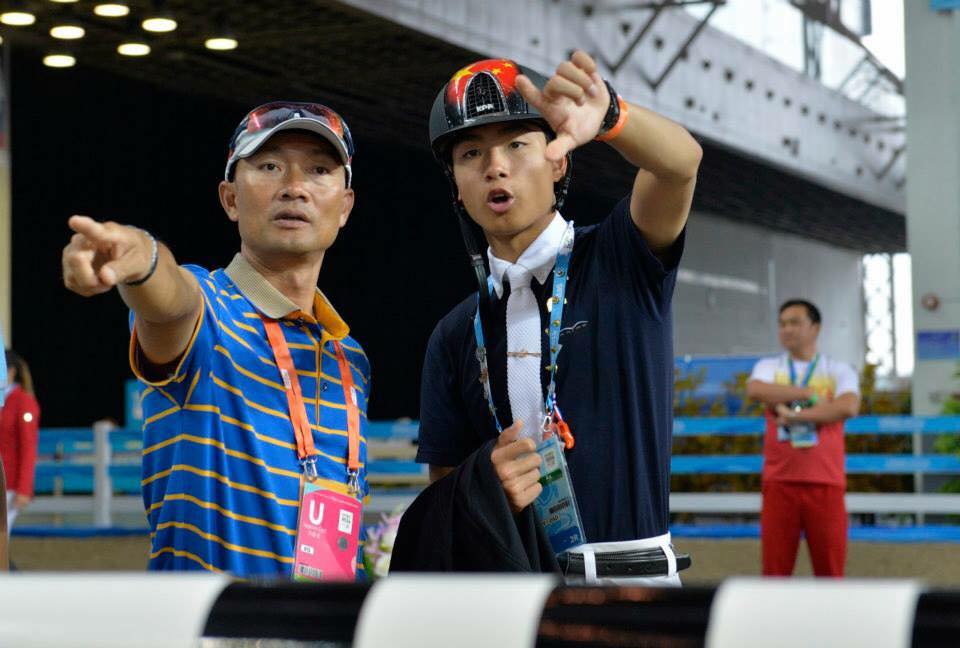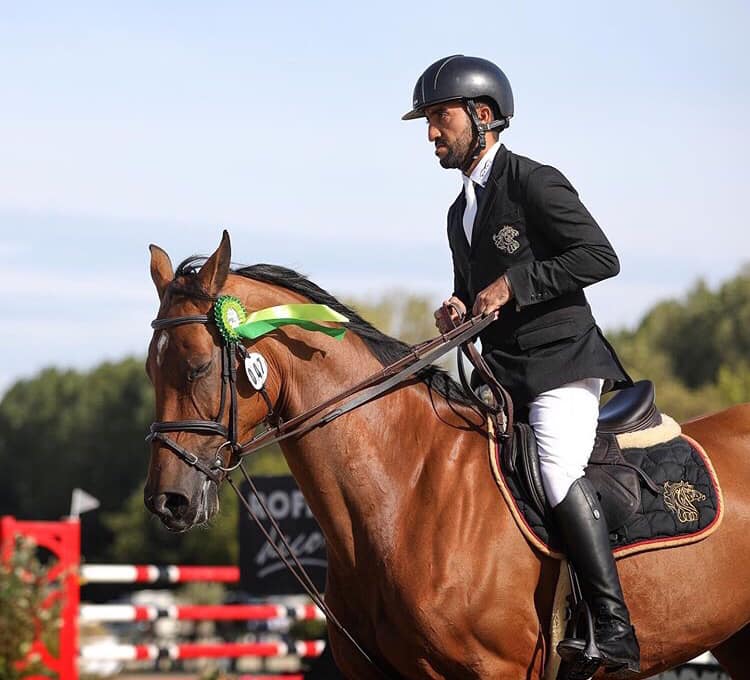Next week China will show it's interest in the Equestrian sports as host of the Youth Olympic Games. Thirty riders will compete in the Equestrian Jumping discipline at the Youth Olympic Games. Rider/horse combinations jump a series of obstacles all designed to test the rider's skill and the horse's jumping ability. Penalties are given for faults such as knocking down an obstacle, refusals and exceeding the time allowed. There are two events: the Jumping International Team and the Jumping Individual events. The Jumping International Team event consists of two rounds, Round 1 and Round 2. A total of six teams compete in the team event (one team per continent). A team consists of a maximum of five rider/horse combinations. A minimum of three rider/horse combinations are required for a team. All teams compete in both rounds. A draw establishes the start order of the teams. The order to go is made out with the riders placed in the positions decided by the chef d'équipe. In each round the team points are the sum of the penalty points incurred by the three riders with the lowest penalty points in the team. The starting order in Round 1 is established by a draw. The team results in Round 1 are used to set the start list for Round 2. The Team Event final ranking is based on the total number of team penalty points incurred in both rounds (three lowest penalty points out of five riders in each round). The Jumping Individual event consists of two rounds, Round A and Round B. All riders/horses compete in both rounds. The starting order in Round A is established by a draw. The results in Round A are used to set the start list for Round B. The final ranking of riders is based on the total number of penalty points incurred in both rounds (lower penalty points=higher rank). Horses will be allocated to competitors by a draw held after the horse inspection. The drawn rider/horse combination will remain the same for both the Individual and Team events. A separate draw for order to go will be held prior to the competition start. Differences between the FEI Junior Continental Championships and the Youth Olympic Games To be eligible for the YOG, the riders must be born between 1 January 1996 and 31 December 1997. In addition, the riders must have a Certificate of Capability. The certificate can be obtained either through the Junior/Young Rider Continental Championships or the FEI Challenge Category A, after achieving a score of not more than eight penalties in the first round of any of the competitions. NOC quota: Maximum of one rider per NOC. A key difference between the Youth Olympic Games and the Continental Championships is that horses are provided by the Organizing Committee at the YOG.
Youth Olympic Games in Nanjing
-
categories: Asia



